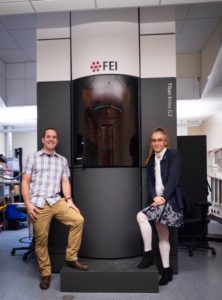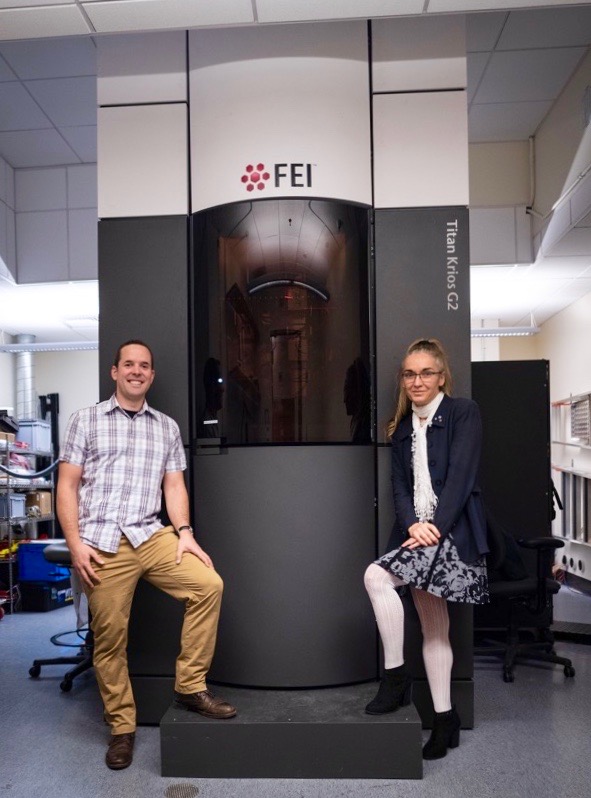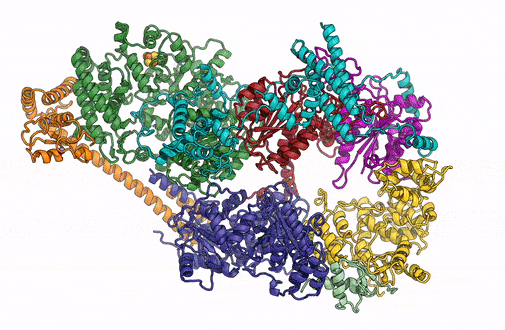 A team of scientists from the Molecular Biophysics and Integrated Bioimaging (MBIB) Division and UC Berkeley has constructed the first complete atomic blueprint of a complicated molecular machine that is crucial to repairing and reading DNA. These protein assemblies, human transcription initiation factor IIH (TFIIH), are essential to survival, yet we know little about how they function because, until recently, it was impossible to accurately describe their structure.
A team of scientists from the Molecular Biophysics and Integrated Bioimaging (MBIB) Division and UC Berkeley has constructed the first complete atomic blueprint of a complicated molecular machine that is crucial to repairing and reading DNA. These protein assemblies, human transcription initiation factor IIH (TFIIH), are essential to survival, yet we know little about how they function because, until recently, it was impossible to accurately describe their structure.
Too small to see with a light microscope and too intricate and scarce to image using traditional X-ray-based methods, molecules of this nature are finally being mapped out at the atomic level thanks to next-generation electron cryo-microscopy (cryo-EM). As reported in the journal eLife, the researchers, led by MBIB senior faculty scientist Eva Nogales (on the right in picture) used an advanced cryo-EM facility to construct the first complete atomic blueprint of this intriguing, multi-part machine.
Nogales, who is also a Howard Hughes Medical Investigator and professor at UC Berkeley, worked with Basil Greber, MBIB researcher and postdoctoral fellow at UC Berkeley (on the left in picture), to determine the structure of the TFIIH core complex. This structural work allowed them to develop testable hypotheses about what happens to the molecules when something goes wrong, such as in the case of illness-causing mutations.
Read more in the Berkeley Lab Feature Story.





